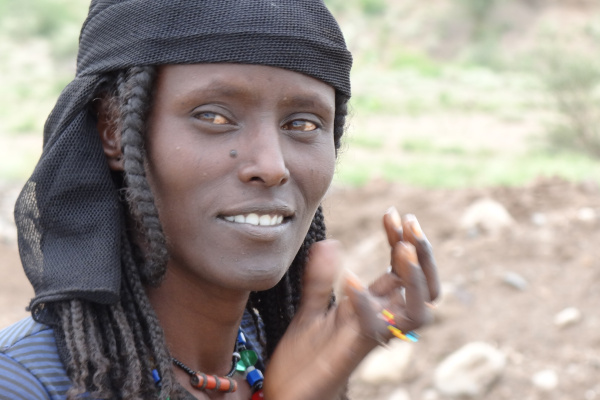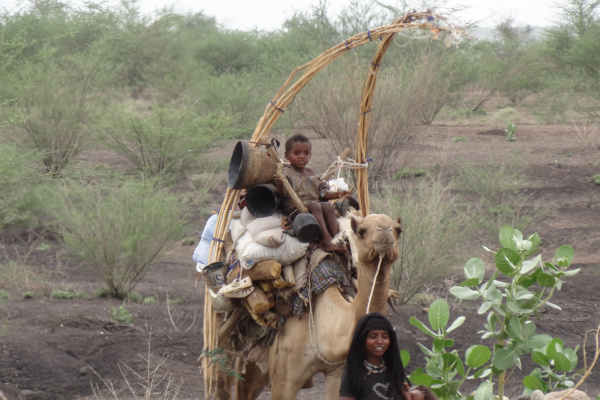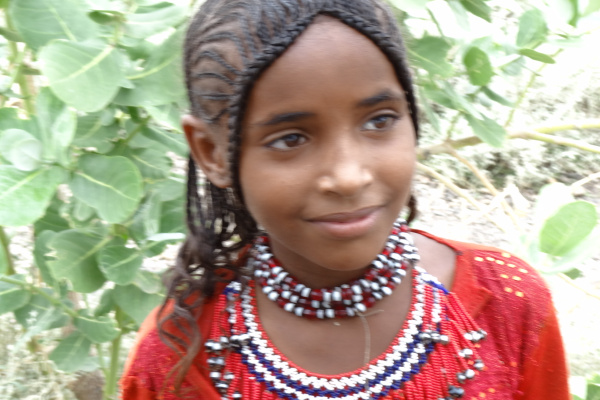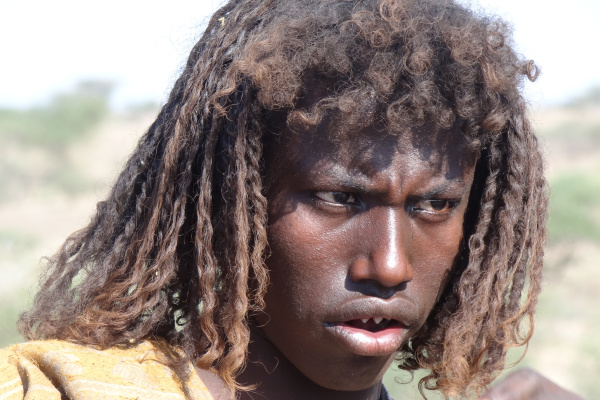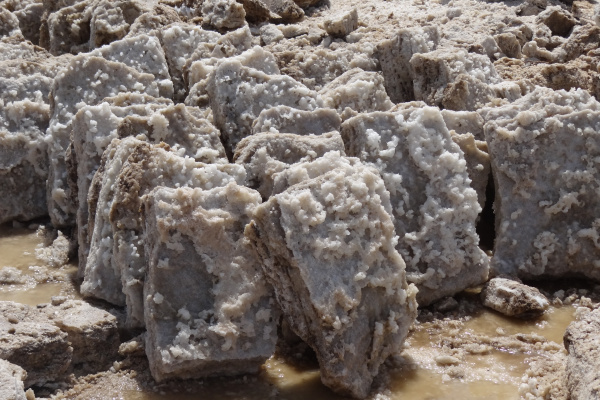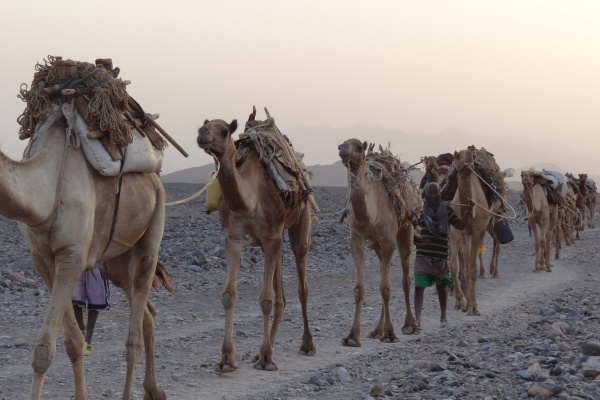The Afar people
Presentation
The word Afar designates a population of just over a million people who form the same community, although divided into different antagonistic clans.
They occupy the so-called “Afar” territory, a triangle of approximately 150,000 km2 whose southern tip is made up of the town of Awash, the eastern tip is the city of Djibouti and the northeast tip is the Dahlak Islands in Eritrea. . The part of the territory which is in Ethiopia today forms a state which is part of the Ethiopian Federation, designated as the Afar State. The AFAR people are very established in the Danakil region, where they extract salt and from where endless camel caravans loaded with salt plates leave.
In daily life, tasks are clearly shared between men and women. Thus the man is responsible for the security of the family, participates in the decisions of his group, guards the herds of oxen and camels, milks the camels, builds the enclosure, kills the animals and skins them. Marriage, possible from the age of 13 for girls and 15 for boys, is governed by very rigid conventions. Every girl is reserved by right for the son of her maternal uncle and, in case of refusal, she can be condemned to death.
A man can file for divorce if his wife is sterile. A woman can also ask for it, for example, when she judges that her husband does not have enough cows to milk. In this case, all the children stay with the father, except those who are young, who stay with their mother.
In the Afar family, women occupy a subordinate position and their rights are limited. It is the man who decides the best place to set up the hut, the most opportune moment for the transfer of the camp, the purchase or sale of animals, etc. The children look after the herds. and the absence of schooling maintains the illiteracy rate (close to 98%) of the population in rural areas.
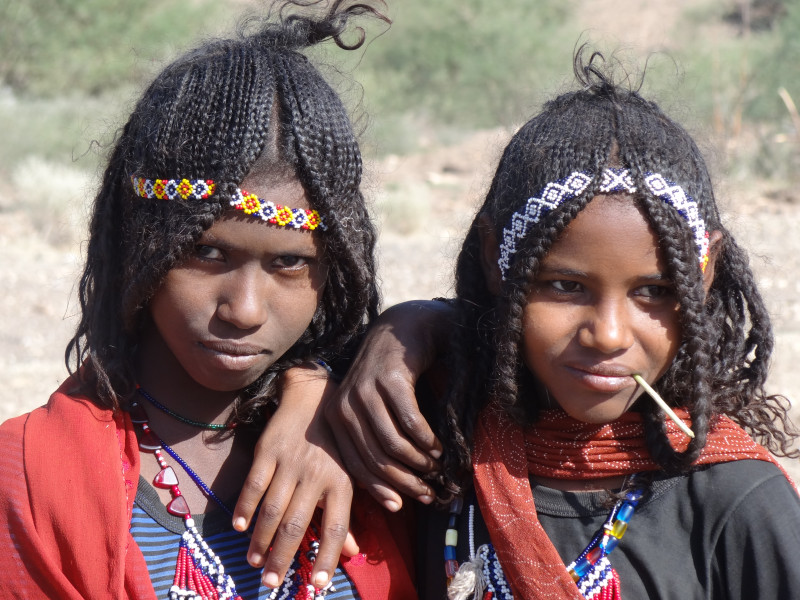
The epic of the Afar people
The Afars are known for their resilience in an arid desert environment, characterized by extremely high temperatures. They have a rich culture and a long history as a warrior and trading people.
The Afars are traditionally camel, goat and sheep herders, and they also practice fishing in the Lake Assal region. Their semi-nomadic lifestyle leads them to move around in search of pastures and water points for their herds. Their society is organized into clans, led by sultans and local chiefs.
The Afar language, which is part of the Cushitic language family, is widely spoken by these people. The Afars' belief system combines elements of Islam, Christianity and traditional beliefs, and their religion plays a central role in their daily lives.
The Afars are also known for their craft skills, particularly in making traditional knives called "jile". Their vibrant culture is manifested through their music, dances and colorful festivals.
The Afars traditionally file their front teeth for cultural and ritual reasons. This practice is considered a mark of beauty, courage and social status within the Afar community. It was also associated with traditional customs and spiritual beliefs deeply rooted in their culture.
Despite the challenges posed by a hostile environment, the Afar people have preserved their traditions and unique culture, becoming an integral part of the rich social and cultural fabric of Ethiopia.


